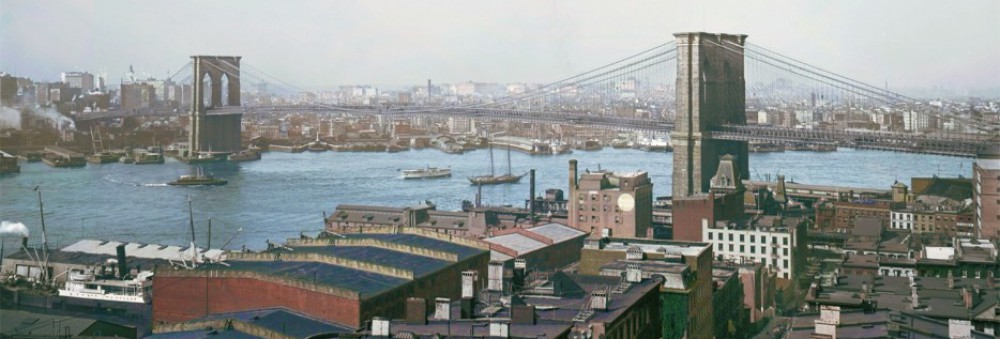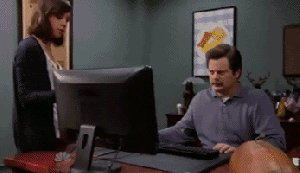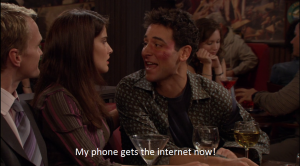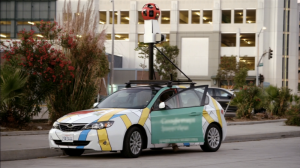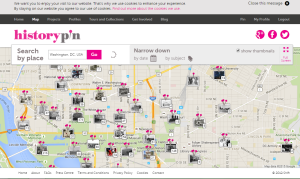Remember Y2K? When people freaked out because they thought computers wouldn’t be able to handle the transition to the new millennium?
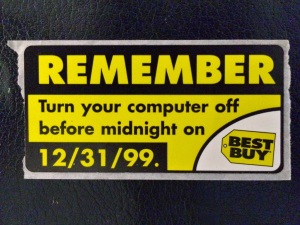
Or when we all discovered Google Earth and became fascinated (or terrified) by the potential to look at satellite images of our homes?
How far we’ve come from the days when having a cell phone was a big deal and when dial-up stopped being the go-to thing.
We take for granted all the advances technology has made. When I want to go somewhere, I go to Google Maps to see how long it will take and what’s the best route. When looking for apartments, you can type in the address and get a street view of the neighborhood without ever leaving your home.
And museums are now just beginning to take advantage of it.
As I mentioned in a previous blog post, Ford’s Theatre teamed up with Google to create a street view of their museum, so now anyone can take a tour even if they live across the globe and without the funds to travel to the U.S.
The launch of Google Earth and Maps meant that people could virtually visit anywhere. You want to see the Scottish Highlands but you’re in Oklahoma? Go for it. But now, we’ve moved even further.
The ability to digitally map a space means that theoretically we can digitize everything.
“The spatial turn represents the impulse to position these new tools against old questions,” as described by Jo Guidi in his article “What Is the Spatial Turn?” We can use these technologies in corroboration with historical documents to create accurate depictions of past landscapes or buildings or really, anything we want.
And now, you don’t even need to be at a computer to access these resources.
Te increase in mobile apps and technology brings us to an interesting point, particularly for museums. These institutions constantly seek out new ways to interact with their visitors and with an app, anything, any exhibit, any place can become interactive.
In his article “Listening to the City: Oral History and Place in the Digital Era,” Mark Tebeau says that “the mobile computing revolution offers tantalizing possibilities to archivists, historians, and curators interested in reaching broader public audiences.”
Tebeau discusses how Cleveland Historical is utilizing mobile apps to bring oral histories to the public. “Listening to human voices on a mobile device allows users to experience memory within the landscapes where the stories were lived” and thus, lets visitors personalize what they learn.
These apps also mean that museums are learning to relinquish some of their authority,
Collaboration is but one aspect of the digital revolution that has forced scholars to reimagine their relation to public audiences and the curatorial process itself. First, as argued above, the openness of the digital revolution has made knowledge production more democratic, challenging traditional power relations between scholars and their audiences.
Apps like the Cleveland History Project, HistoryPin, or Chicago 00 let people choose how they want to learn history. If they want to be a recipient, they can. If they come across a place that interests them, they can pull out their phone and listen to a relevant oral history or scroll through historic photos.
Similarly, they can decide to give history. They can take a photo of an old building and upload it to HistoryPin for others to see.
Like John Russick said in his piece about Chicago 00,
Once created, the app could transform the current urban landscape into an historical excavation of the people and places that have defined Chicago over time. It could provide CHM with a new tool for sharing the city’s stories and help us connect the museum to the diverse audiences we hope to reach across the urban landscape.
Apps are the next step in the digital revolution and if they are able, museums should continue to pursue this technology. However, that doesn’t mean they should reduce their efforts in other areas.
Apps are often expensive to create and not everyone has a smartphone. So they should supplement museum’s current practices, not replace them.
It will be interesting to see how this situation progresses as the technology continues to advance.
